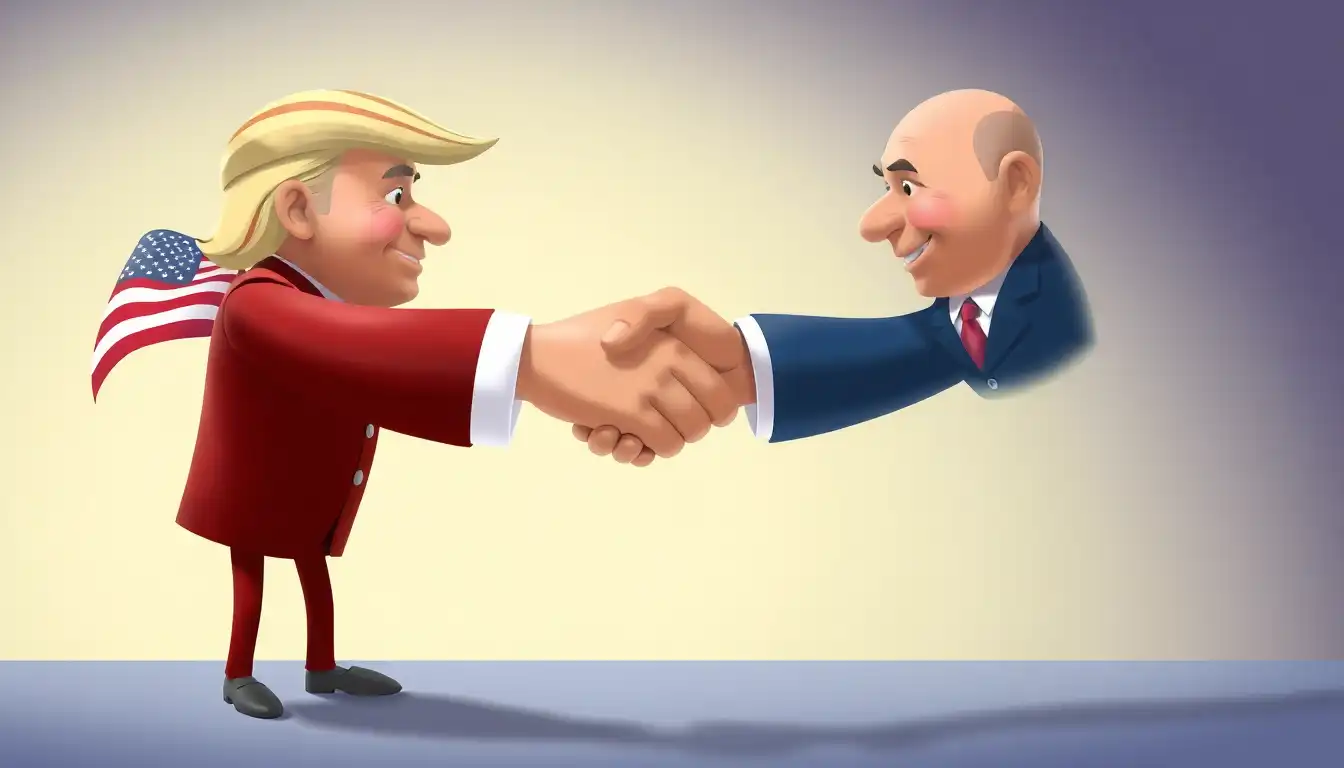In today’s world, businesses and people often need to send or receive money across countries. This is what we call cross-border finance. It sounds complicated, but it’s not as hard as it seems. This article will break it down step by step, so you can understand what cross-border finance is and how it works.
What is Cross-Border Finance?
Cross-border finance means any financial transaction that happens between two countries. It could be a company paying for products from another country, someone sending money to their family abroad, or a business investing in a foreign market. The goal is to make it possible to transfer money from one country to another smoothly and safely.
Why is Cross-Border Finance Important?
Cross-border finance is important for both businesses and individuals. For businesses, it allows them to trade goods and services globally. For people, it helps them support their families, pay for education abroad, or invest in other countries. Without cross-border finance, the world’s economy wouldn’t be as connected as it is today.
How Does Cross-Border Finance Work?

To understand how cross-border finance works, let’s look at the key steps involved:
- Currency Exchange:
Each country has its own currency, like dollars in the US or euros in Europe. When you send money across countries, you often need to exchange one currency for another. For example, if you’re sending money from the US to Europe, you’ll exchange dollars for euros. - Banks or Financial Services:
You usually need a bank or a financial service like PayPal, Wise, or Western Union to help you send or receive money internationally. These services act as a bridge between the two countries. - Fees and Rates:
Sending money across borders isn’t free. Banks and financial services charge fees for their help. They might also add a small cost to the exchange rate. It’s good to compare different options to find the cheapest way to send money. - Regulations:
Every country has rules about how money can move in and out. These rules are meant to prevent illegal activities like money laundering. When sending money abroad, you’ll need to provide details like your name, the amount, and the purpose of the transaction.
Common Challenges in Cross-Border Finance
Cross-border finance isn’t always simple. Here are some challenges people often face:
- High Fees: Some banks charge a lot for international transfers. This can be a big problem, especially for small transactions.
- Slow Transfers: Sending money across borders can take several days, depending on the method you use.
- Exchange Rate Fluctuations: Currency exchange rates can change quickly. If the rate changes before your transfer is completed, you might end up losing money.
- Complex Regulations: Different countries have different rules, which can make the process confusing.
How Technology is Making Things Easier
Thanks to technology, cross-border finance is getting faster, cheaper, and easier. Here’s how:
- Online Money Transfer Services: Companies like Wise and PayPal allow you to send money abroad with just a few clicks.
- Cryptocurrencies: Digital currencies like Bitcoin are also being used for cross-border payments. They eliminate the need for banks and make transactions faster.
- Mobile Apps: Many banks and financial services now offer apps that let you track your money and make transfers on the go.
Tips for Managing Cross-Border Finance
Here are some simple tips to help you manage cross-border finance better:
- Compare Fees: Always check the fees charged by different services before making a transfer.
- Watch Exchange Rates: If possible, transfer money when the exchange rate is in your favor.
- Choose Reliable Services: Use trusted banks or financial platforms to avoid scams.
- Understand Local Rules: Make sure you know the regulations in both the sending and receiving countries.
Conclusion
Cross-border finance connects the world. It helps businesses trade globally and allows people to support their families or explore new opportunities abroad. While it has its challenges, advancements in technology are making it easier and more accessible for everyone. By understanding how it works and following a few simple tips, you can make cross-border transactions smoothly and confidently.





